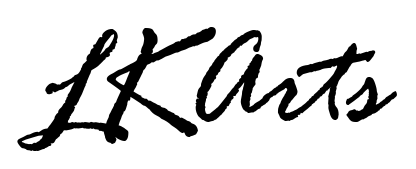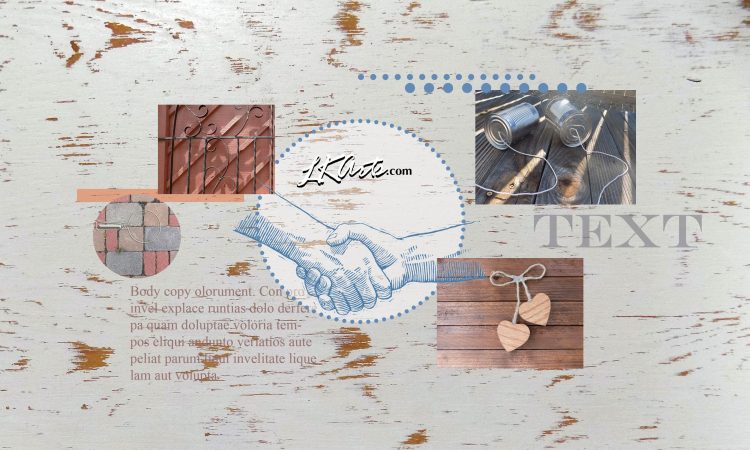Your business is growing and you are starting to make those choices that free up your time to focus on the parts of your business that you love, you know, the things that made you start the business in the first place.
Graphic Designers can help you raise awareness of your brand and your business. Whether for a single item, a number of graphic projects or a long term contract, these tips can help you to get the most from working with a professional and contribute to a successful outcome, plus make the whole process a lot smoother.

Connect and Collaborate
Graphic design is a collaboration between the client and the designer. The design process and the whole project will be completed faster and more efficiently with mutual understanding and good communication. When meeting a designer for the first time, be ready to:
Explain Your Business
Be prepared to talk about your business – your whole business, from the company culture to long term goals and especially your audience or target market. A good graphic designer should ask lots of questions, to really understand where you are in planning, marketing and the goals for the company and the project. But, you should be able to explain your business without a prompt and that will significantly improve your results!
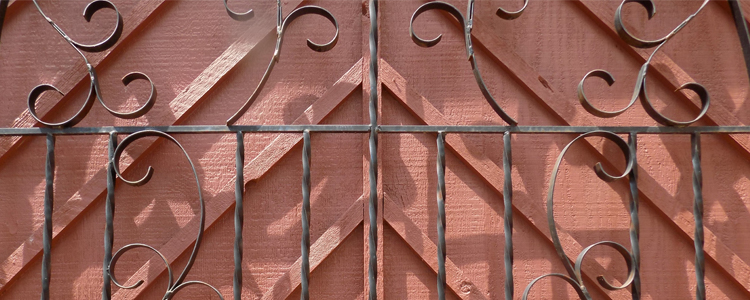
Details, Details, Details
Next, be ready to provide all the details of the project itself – experts call this a design brief. Start with all the information about the project, product or service, plus your goals, ideas and message. This includes your audience, time lines, and the budget. If there is a team working on the project it helps to get input from everyone involved right from the start.
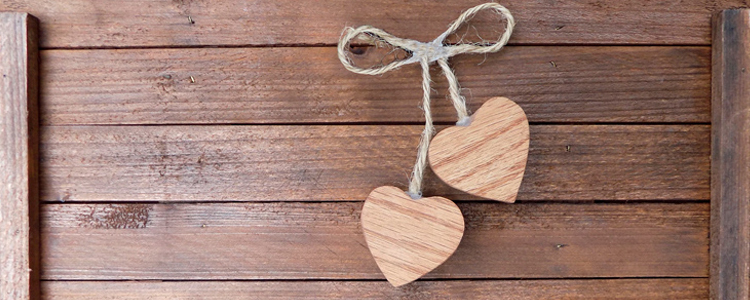
Know What You Like
Also, find and share examples with your designer – some visuals you like as well as some you don’t… three to five samples of each and don’t limit the samples to your particular industry or business. The samples are visual clues that help the designer determine where to start for tone and style. It also is very helpful if you can be specific in why you like something or not.
Managing Expectations
Be sure to have a good understanding of your designers’ fees, He or she will probably give you some options once they know the scope of the project. Be sure to know what is included in the bid or estimate and when invoices will be provided and paid. Plus, details of what digital / final files will be provided.
Often this first meeting is a consultation and for many designers, a service. The first meeting often determines if the designer and the client have a good chemistry or ‘are on the same page.’ It helps to have a good rapport with your designer. Every designer from graphics to interior to landscape has their own way to interact with a customer, but the more information available at the start of a project, the faster the final product can be ready to go. And that saves you time, frustration and money.
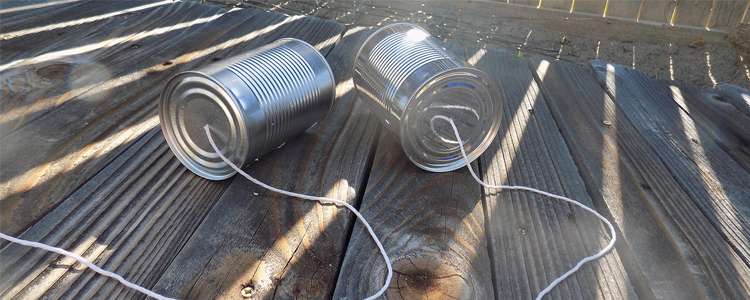
Communication is Key!
To effectively communicate with your graphic designer be sure you are ‘speaking the same language.’ Ask questions, establish a reasonable time-line and be willing to learn a little about the Principles and Elements of Design. If you do not understand something that the designer says, be sure to get clarification.
Be specific when talking about the details of the project. Vocabulary varies from industry to industry as do acronyms, so be sure to learn the lingo to understand your designer.
If the project requires approval from more than one person, be sure to include them from the start, but recommend a point person for the best communication and understanding.
In “8 Best Tips for Working With Graphic Designers,” by Ian Mills (6 10 2014), Mr. Mills says “Design is a subjective process and there is no set-in-stone ‘right-way’ to go about it. But it is a collaborative process and understanding that process, having realistic expectations, patience and excellent communication will go a long way towards a successful outcome.”
The Working Graphic Designer and The Design Process
The design process is as varied and numerous as designers, themselves. Not only are there many different applications for the term designer, with in each type of design there are different areas of expertise and different terminology. The following list has the steps and processes for graphic designers, and while the order of these may change, most designers will go through many of these steps on any given project.
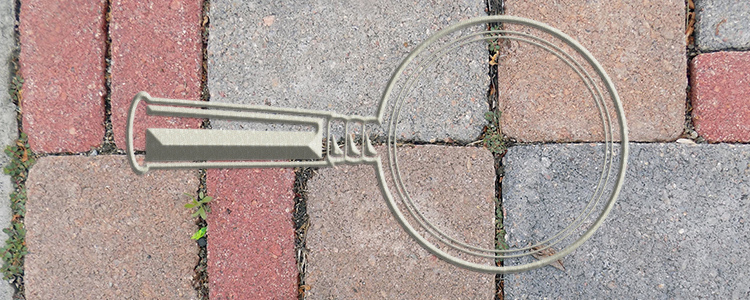
Research The Client And Their Competition
Study the client’s current marketing, review their samples and the trends in that particular industry. Check out the competitors and their marketing. If, as a client, you have done your marketing research; be sure to share that information with your designer.
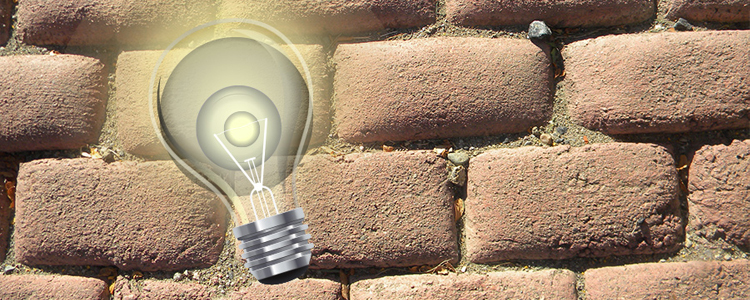
Create the Strategy and Concept
This is where your designer will ponder the project, imagine the possibilities and brainstorm the best direction for your goals. Sketches often provide rough ideas and options; moving to the computer to produce the digital files needed for the end output. This part of the designers process varies with the designer and the project.
For logos it starts with a sketch – actually many sketches. Logos fit into a category all their own. They need to be consistent and adjustable at the same time. They need to tell a story and promote a style. And the good ones take time.
For promotions and other content that will be printed, designers often begin with a layout program ( like Adobe InDesign) and a digital file that is set up in the correct size, meeting the requirements of the final output provider. They gather all the elements, import the ‘pieces’ – copy or text, logo, additional graphics or photos – and arrange those elements, in the allotted space, taking into account the elements of design (link) and the client, the brand, style and objectives. Depending on the agreed deliverables, they may supply layout options with in the parameters of the project.
Often the designer will provide all or some of the photos or graphics, called ‘stock’ in the industry. (LKArts offers delightfully different stock photos and graphics (link to shop).
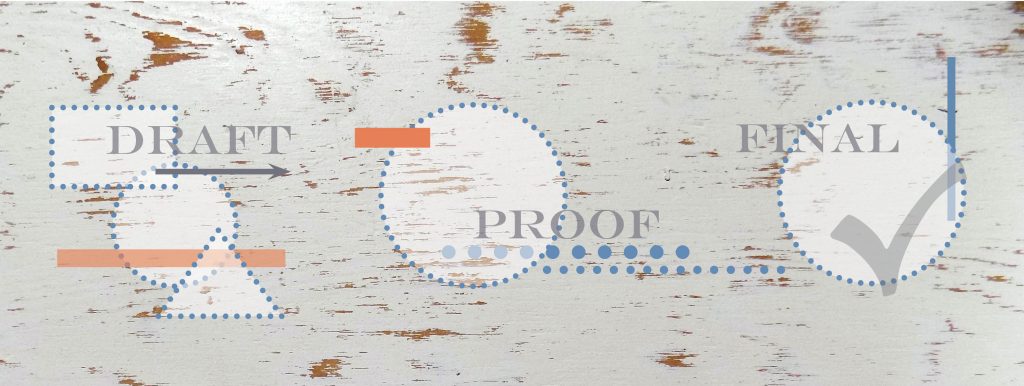
Review and Revise
This phase of the design process can actually take the longest. From the rough draft to the final approved files, plan several rounds of back and forth between the designer and the client. The more detailed the project – the more adjustments, updates and changes you can expect to deal with. Always proof-read carefully and thoroughly – even backwards, and if possible have a second & third set of eyes look at it for errors.
The designer should supply the final approved files directly to you or to a printer of your choosing, local or internet based. Some designers will source print quotes and oversee the process until printed job is delivered. The designer should know how to make the artwork to specifications and deliver to the appropriate outlet in the correct format, be it a media outlet, printer, internet or video.
A Bit of Advice
Be as specific as you can from the very start.
Request original files and all the support files needed, in case the original designer is not available when you need an update.
Be clear about the designer’s follow-up should a file need an adjustment after the project has been delivered.
Speak up! Share your thoughts – let’s open the dialog.
Designers, what would you add? Readers, what additional information would be helpful?
